I was so inspired after reading "
Using A Discipline System to Promote Learning", by Marvin Marshall and Kerry Weisner, that I decided to implement the system in my classroom immediately. The idea of the
Raise the Responsibility system is to promote internal motivation in both academics and behavior. Rewards and consequences provide external motivation which might modify behavior, but they will not permanently motivate the student to change his/her behavior. Students who continually try to push the limits of their behavior can now assess their own level of responsibility for an action and then reflect on how they can correct it or not repeat it.
This morning I introduced
my interpretation of the levels of responsibility to my 2nd graders using a wadded up piece of paper (as suggested in the article):
 |
| This is my 2nd-grade-friendly modified version of the Levels of Responsibility. |
- First I took the paper and threw it up in the air while making a lot of noise and then threw it at a student. They were shocked! This behavior, I explained, was Level 1 behavior - inappropriate, out of control behavior that would lead to negative consequences.
- Next, I put the paper on the floor and kicked it around for a while. Then I told someone in a bossy tone to pick it up and throw it away. The students easily recognized that this Level 2 behavior involving bossing, bullying, and breaking rules was also not appropriate.
- For the the next demonstration, I put the paper back on the floor and politely asked a student to pick up the paper and throw it away. The student quickly complied and was pleased when I thanked her.
- Finally, I put the paper on the floor and while I was going in to more detail about Level 3, a student picked up the paper, without being asked, and handed it to me. This was the perfect segue into Level 4: Appropriate/responsible behavior and doing something just because it's the right thing to do.
Throughout the day, I used the chart 3 times with students who were making poor behavior choices. Each time they we able to accurately identify the level of their behavior and I could see that they felt a strong sense of responsibility for either correcting it or not repeating it.
During our Daily 5 Read to Self reflection time, we were also able to make a connection. The students demonstrated what a person would look and act like during Read to Self on each level. A student choosing
Level 1 or 2 behavior would be talking, getting up and walking around, disturbing other students, or pretending to read. A student choosing
Level 3 would be following the rules, but watching to make sure the teacher saw that they were doing a good job. A student choosing to behave at
Level 4 would be in "The Zone" and not aware of what was going on around them.
Choice:
Most students choose to act a certain way, but there are some who
know not what they do at times. These are the students who offer the biggest challenge.
Impulsive behavior can be very hard for the student to control and, as the teacher, I must learn how to help the student get these impulses under control. Asking the right questions, being positive, offering choices, and encouraging reflection are strategies that will help deal with
difficult students.
Obviously after just one day I am not an authority on this system, but I was amazed at how quickly and positively the students responded to it. According to Marshall and Weisner, as a teacher I must keep the following things in mind:
- I must be positive in everything I say. Students do better when they feel good about themselves.
- Students must know that they always have the freedom to choose their responses - regardless of the situation. Realizing that they have choice, the students will become more self-controlled and responsible. They will feel empowered.
- I must learn to ask questions that will effectively guide students to reflect and self-evaluate.
My goal is to use this system and move away from color change charts, treasure boxes, tickets, points, and all of the other rewards systems I have tried in the past. I will keep you posted on how this system is working out.
Marvin Marshall and Kerry Weisner, "Using a Discipline System to
Promote Learning," Phi Delta Kappan, Vol. 85, No. 6, March 2004, pp.
498-503
http://www.marvinmarshall.com/
*All opinions are my own. No compensation was received for this post.

 2. Fold the blue paper in half on the horizontal line of symmetry AND on the vertical line of symmetry
2. Fold the blue paper in half on the horizontal line of symmetry AND on the vertical line of symmetry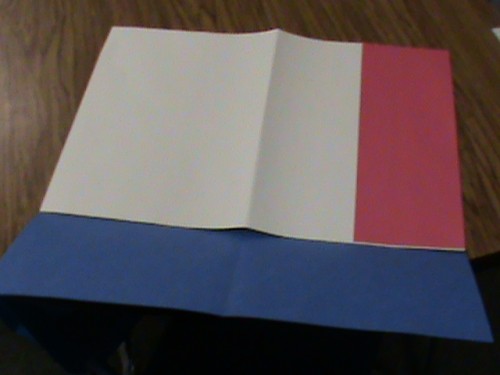
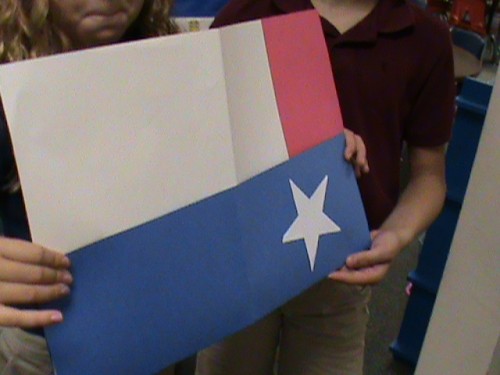 4. Fold in half like a folder and glue star onto blue field.
4. Fold in half like a folder and glue star onto blue field.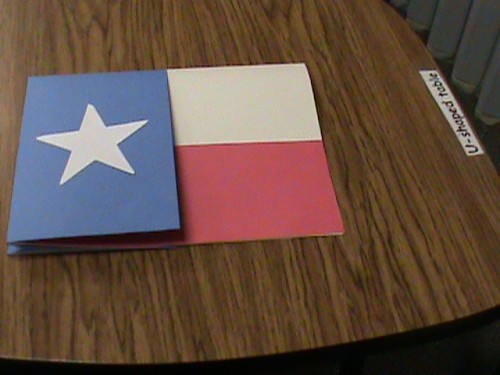 5. Staple blue edges together to make a 4 pocket flag folder! (staples not pictured)
5. Staple blue edges together to make a 4 pocket flag folder! (staples not pictured)
 This student is doing a great job following along with his finger.
This student is doing a great job following along with his finger.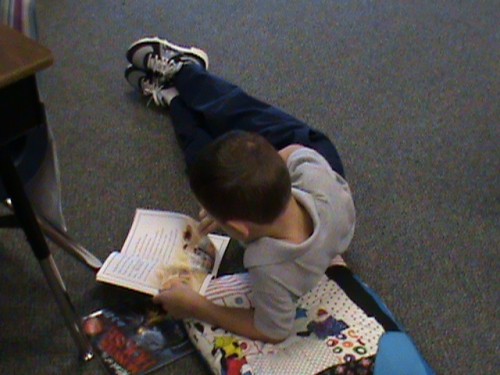


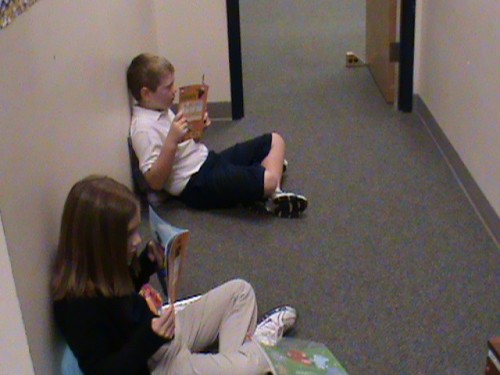 Choosing the right spot helps make Read to Self more successful!
Choosing the right spot helps make Read to Self more successful!
















